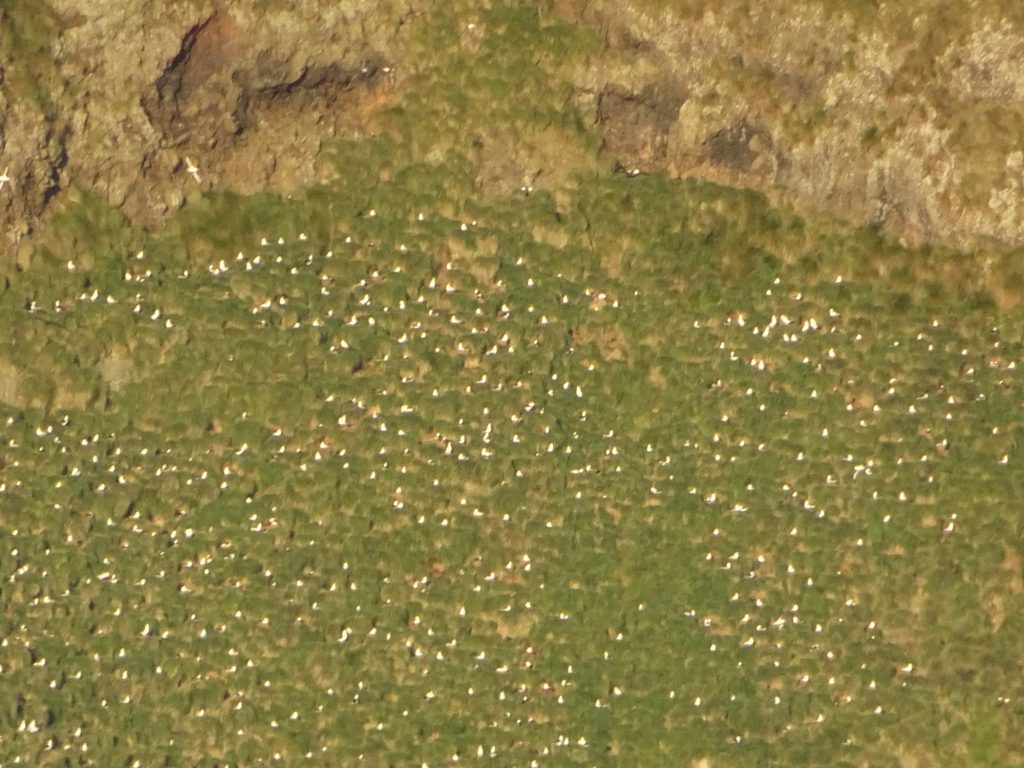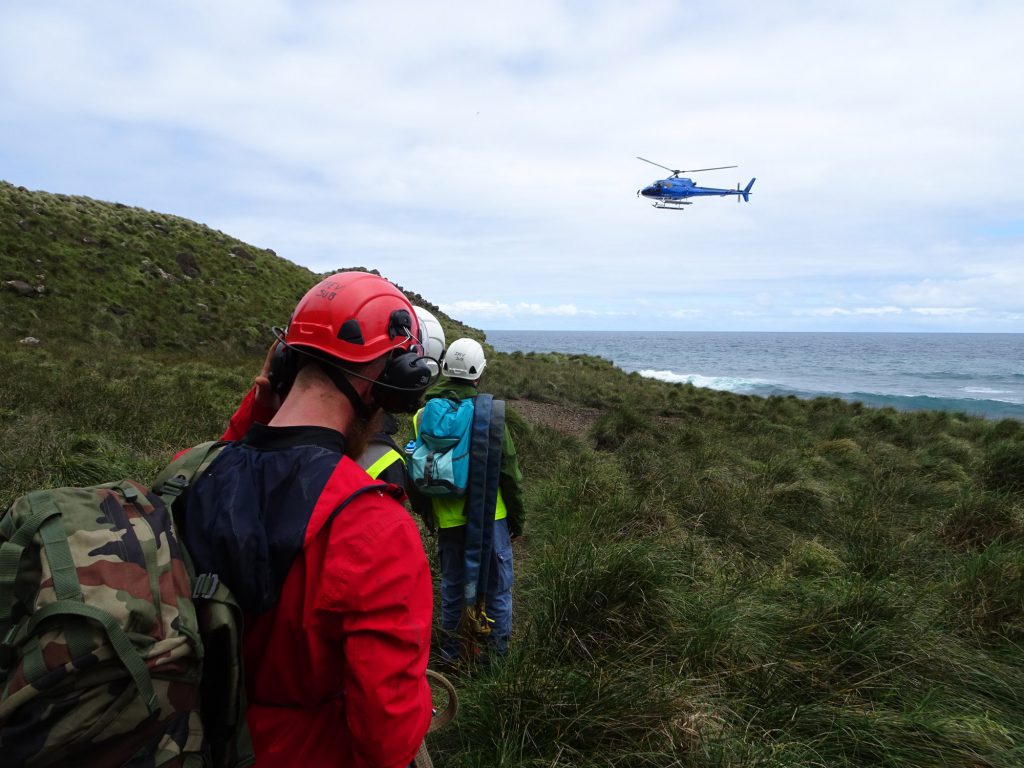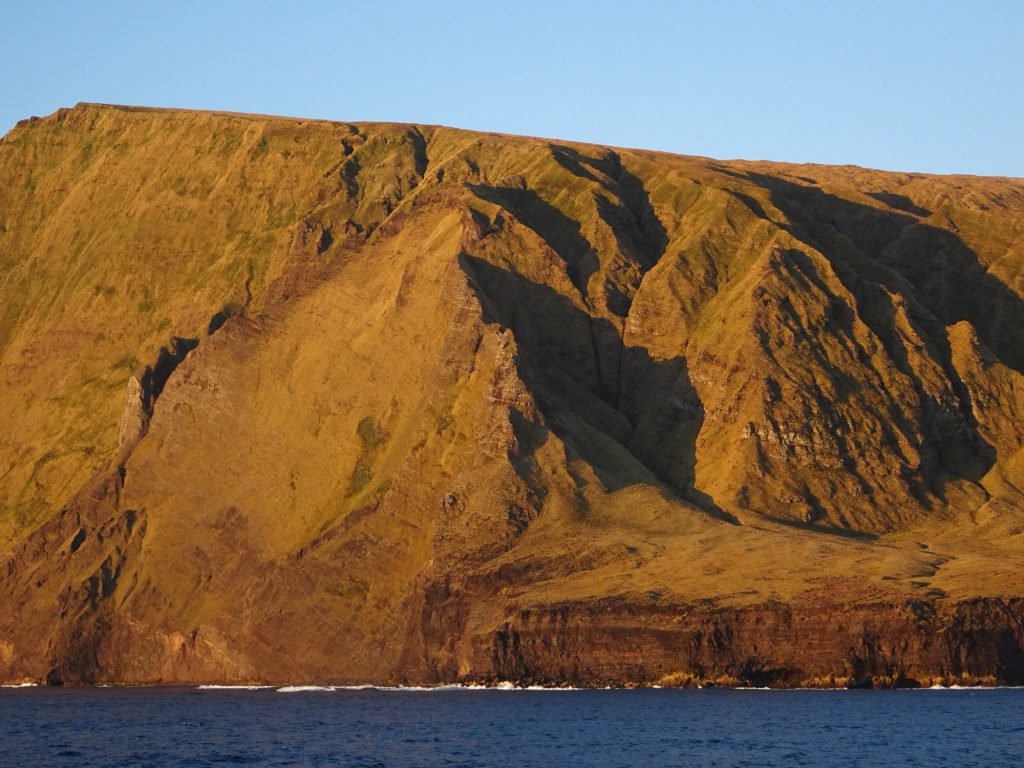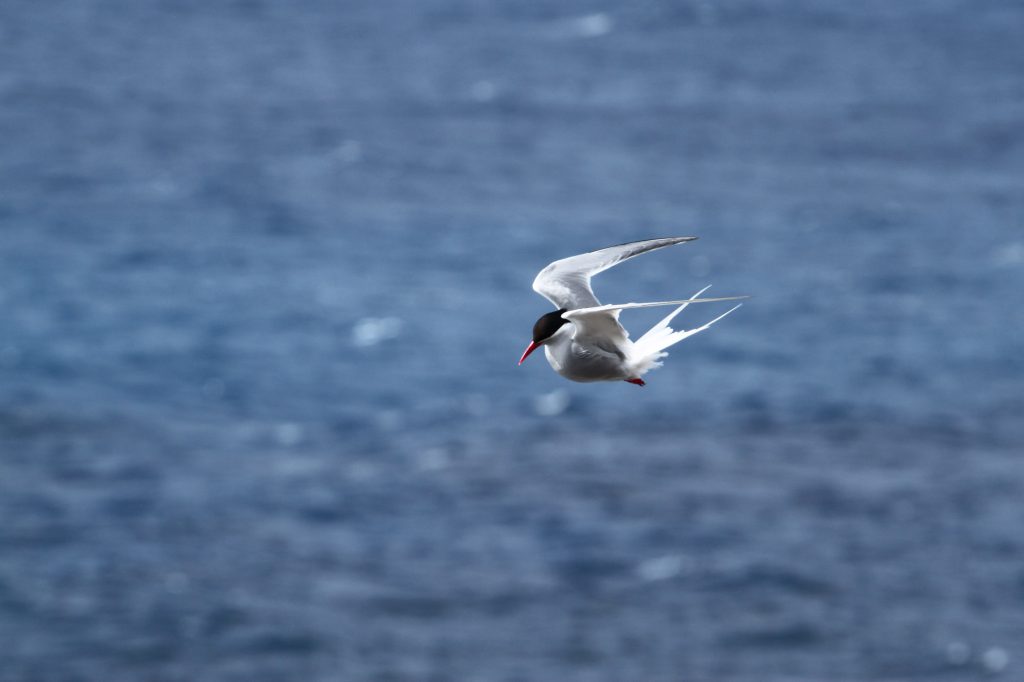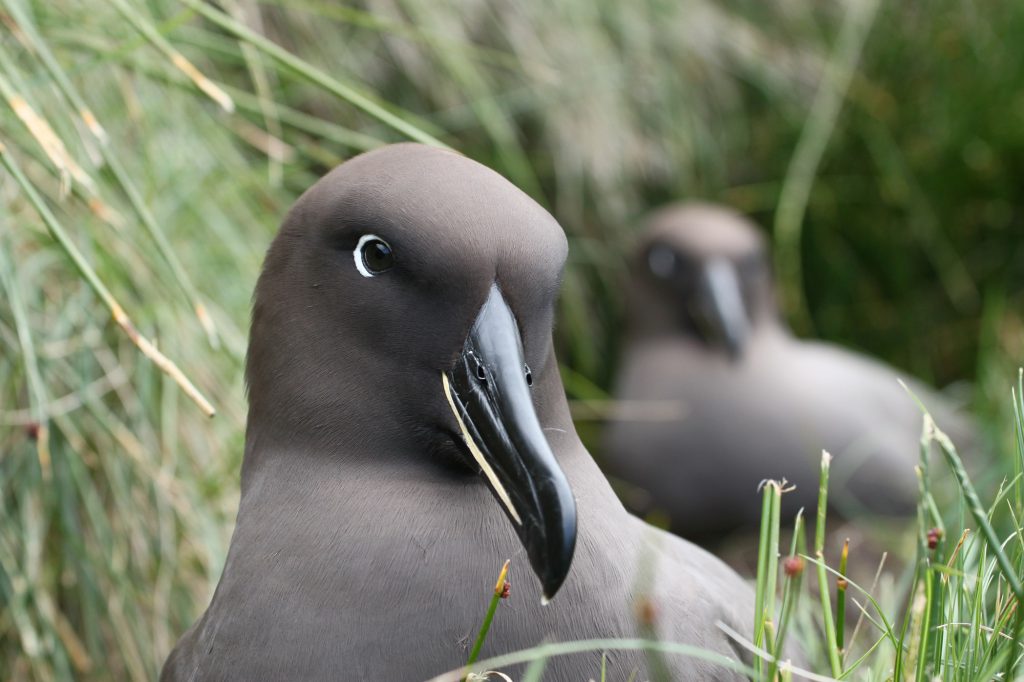Quick access

Discover the subantarctic islands
the status of the subantarctic islands
These islands are organized administratively into three districts and designated as Overseas Territories:
Crozet, Kerguelen et Amsterdam – Saint Paul.
State-level representation is ensured by the administration of Terres Australes and Antarctiques Françaises (TAAF), the French Southern and Antarctic Lands. There is no permanent population in each of these districts, but a scientific research station:
Port-aux-Français station
49°21’S/70°13’E in the Kerguelen Islands
Alfred Faure station
46°25’S/51°51’E in the Crozet Islands
Martin-de-Viviès station
37°41’S/77°31’E on Amsterdam Island
The TAAF administration is responsible for the operational management of these bases; IPEV is charged with maintenance of the scientific laboratories, installation of new research facilities and equipment, supplies and upkeep and renovation of remote shelters used for the different programmes.
Kerguelen Islands
Average temperature in summer : + 7°C
Average temperature in winter : + 2°C
The buildings of the Port-aux-Français base (housing, workshops, laboratories, etc.) occupy an area of 9,000 m². The station has a shallow water port and an unloading dock for the barges that shuttle the supply ship.
The station, in addition to the logistic means necessary for its functioning, includes scientific laboratories (biology, geophysics) and technical installations (meteorology, telecommunications, follow-up of satellites, etc.), as well as a small hospital.
Kerguelen is served by the Marion Dufresne from Reunion Island, 3,490 km away. The duration of the trip, with a stopover in Crozet, is about ten days.
The number of personnel at the base is generally 60 during the winter season and can reach 120 during the summer season.
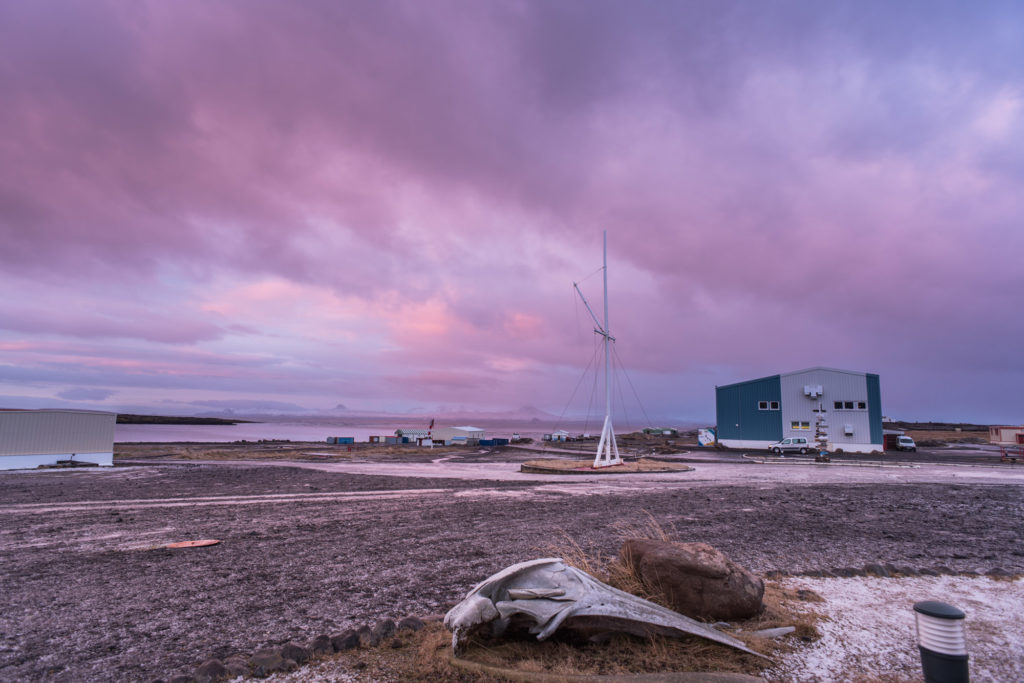
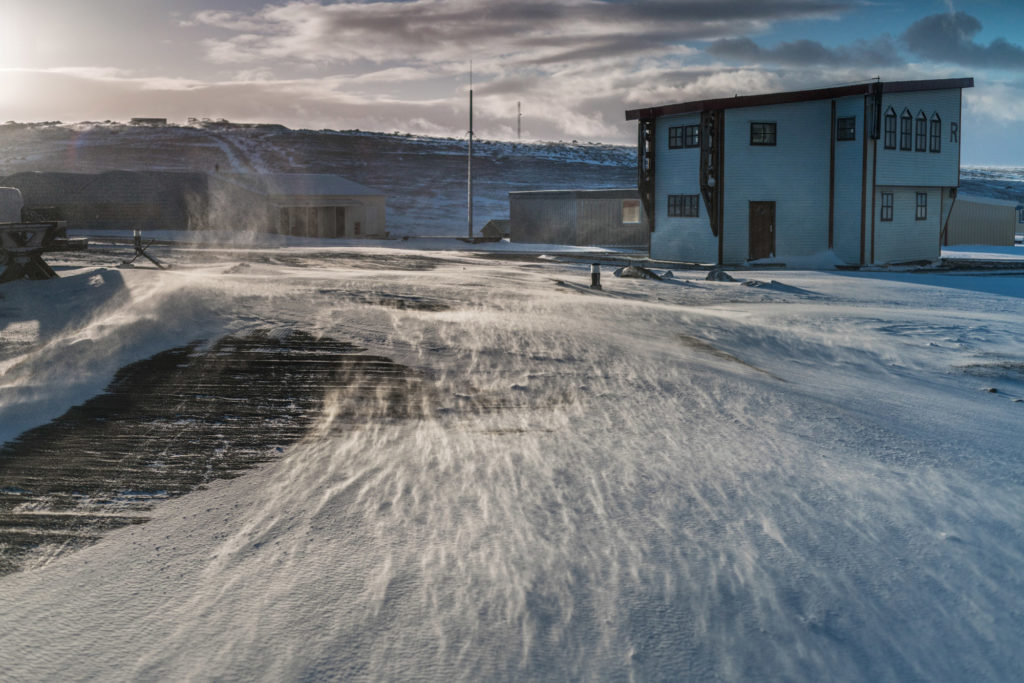
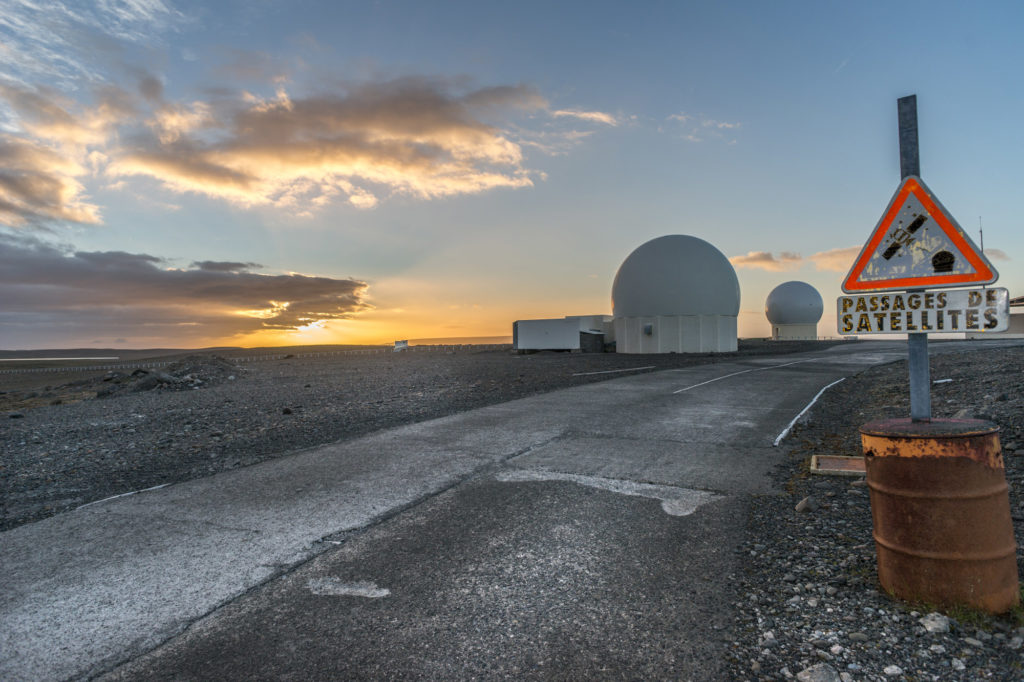
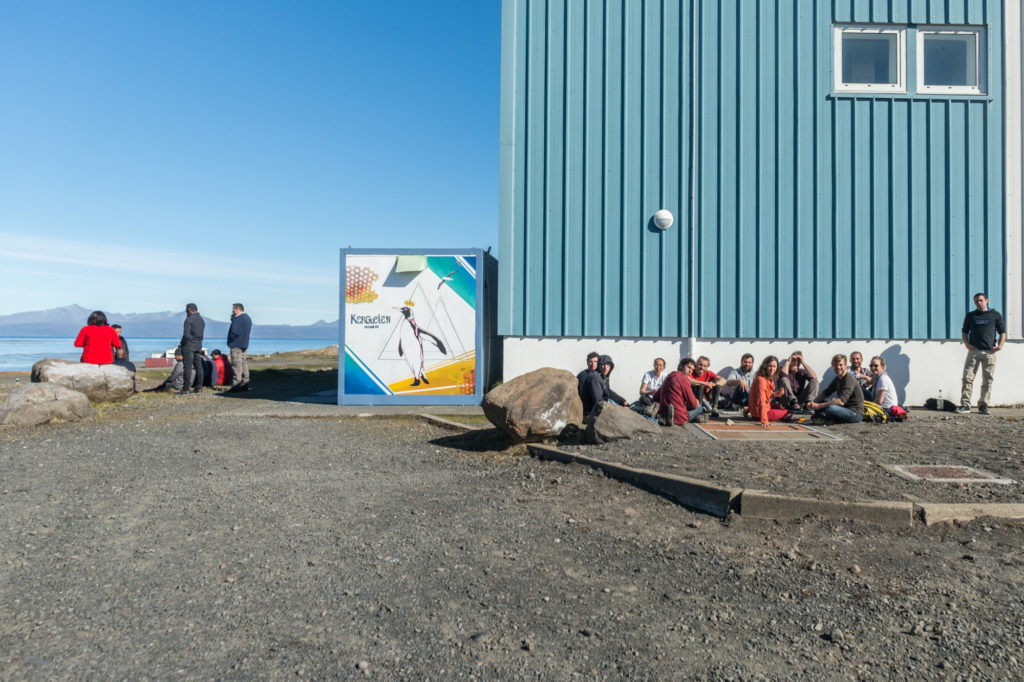
History
The first permanent installation dates from 1951. It has undergone an important development during the International Geophysical Year (IGY). The site of the station was chosen because of its sheltered position and the feasibility of an air strip which was never built.
On 12 February 1772, in the south of the Indian Ocean, Yves-Joseph de Kerguelen de Tremarec caught sight of land he believed to be the Southern continent. He named it “France australe”. He sent a sailor on shore to take possession of the territory in the king’s name. The land turned out to be the isles that in 1776 James Cook was to name the Kerguelen Islands.
The early 19th Century was marked by numerous visitors such as seal hunters, mostly British, but also by survivors of frequent shipwrecks that occurred around the archipelago. Later the French government, forewarned of British and Australian aspirations, ordered possession to be taken of the Kerguelen Islands. On 1 January 1893, the dispatch vessel Eure conducted the first official appropriation in the Baie de l’Oiseau. A second ceremony followed on 7 January at Port-Gazelle, along with the setting-up of a provisions depot for castaways.
A French government decree of 21 November 1924 attached the Crozet Islands, Kerguelen, Saint-Paul and Amsterdam to the Scattered Islands District dependent on the province of Tamatave in Madagascar, a French colony at the time. Then, in 1955, they became a district of the French Southern and Antarctic Lands (TAAF) and thus forming a new Overseas Territory (TOM).
From 1955 machines developed in Australia were imported for a seal-processing plant subsequently built in 1957 for the SIDAP (Société industrielle des abattoirs parisiens). That factory was closed in the 1960s. The equipment was repatriated to Réunion much later, in 2005, following a donation la from the Péchenart family.
Climate
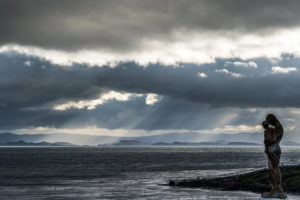
As Kerguelen is located in the subantarctic zone, the islands have a cold oceanic climate, harsh owing to the presence of cold waters coming from the Antarctic, with rain or snow most of the year.
No warmth comes in summer but winters are relatively mild. The archipelago is situated in the Furious Fifties, so winds are westerly and blow continually (at 35 km/h on average). Yet their speeds frequently exceed 150 km/h, with peaks of over 200 km/h. The average annual temperature is quite low (4.5°C) and the temperature range narrow (between 0 and 10°C). The absolute extreme values, measured between 1951 and 1985, are –9.4°C in June and +23.1°C in April. Precipitation figures are quite low (850 mm) considering their high frequency (246 days).
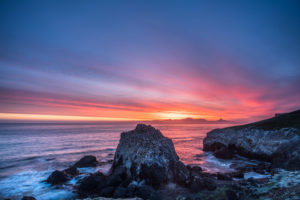
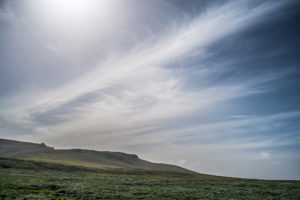
Crozet Islands
Average temperature in summer : + 8°C
Average temperature in winter : + 4°C
In 1961, a first mission took place on the island of Possession in the Crozet archipelago. In 1963, the permanent base was built above the Port-Alfred site. It was opened for the first wintering in 1964 and was named after Alfred Faure (leader of the first mission) in 1969.
Each year, about fifteen winter residents are accommodated on the base, whose buildings represent a total area of 2,500 m². About sixty people can stay there during the summer campaign.
The base is served by the Marion Dufresne from Reunion Island, 2,860 km away, after 6 days of travel.
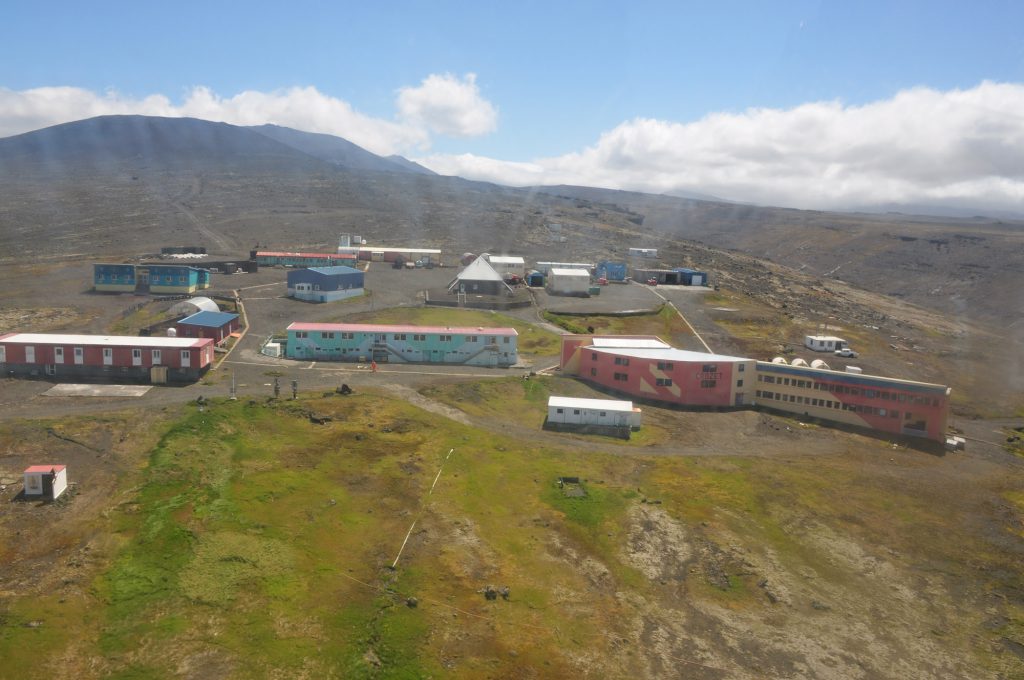
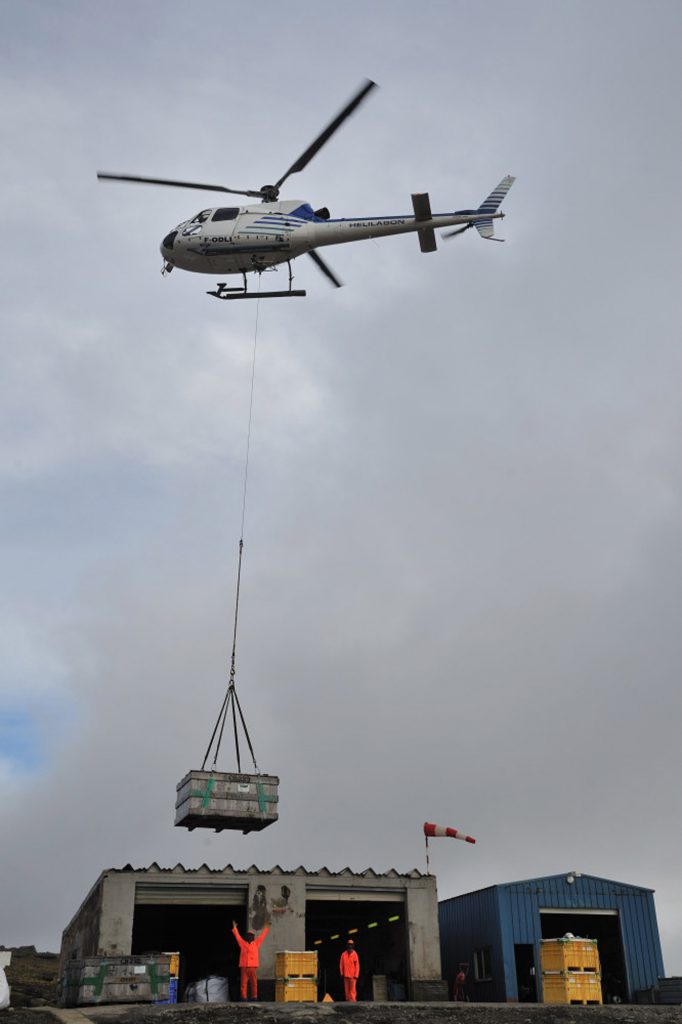
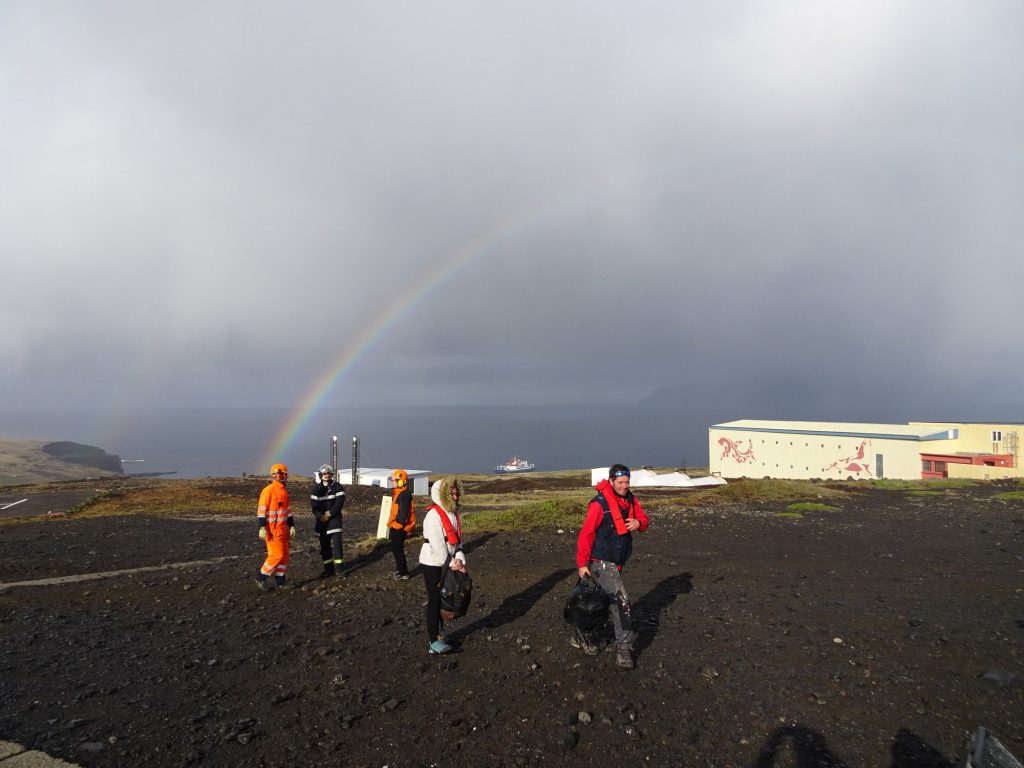
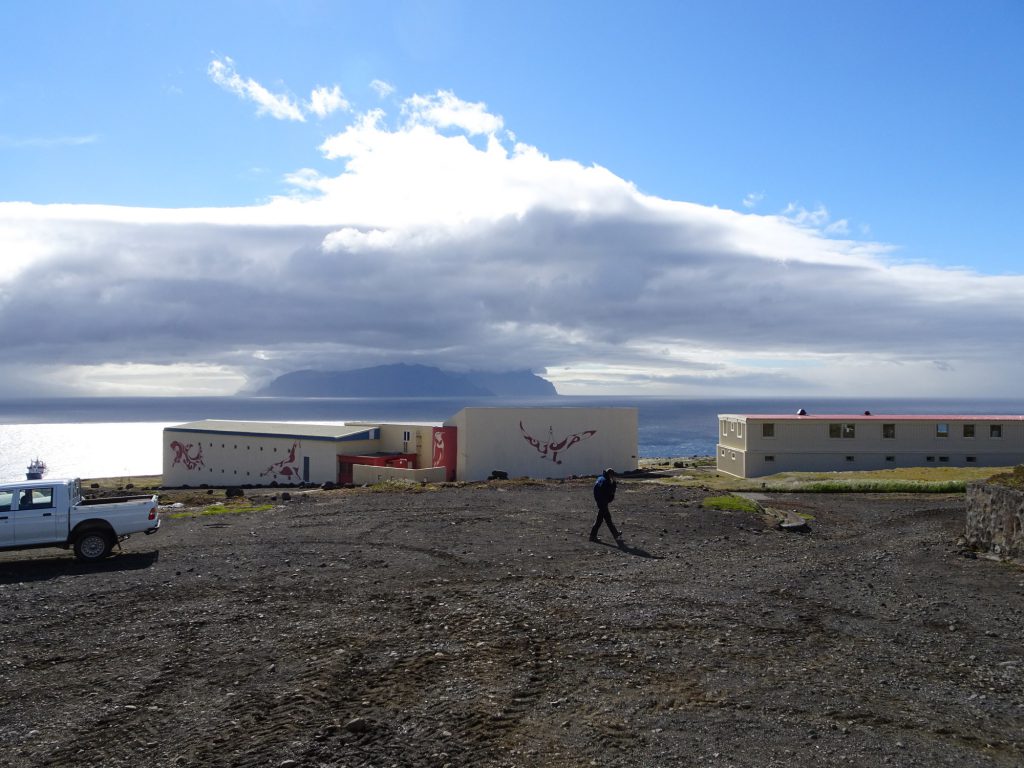
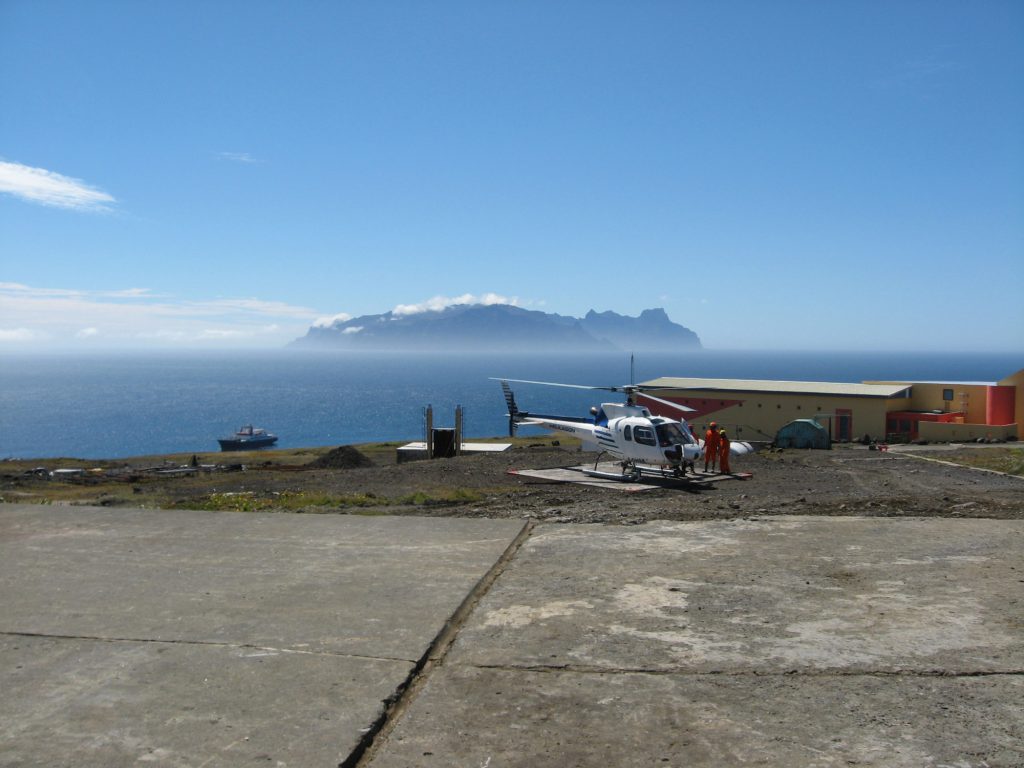
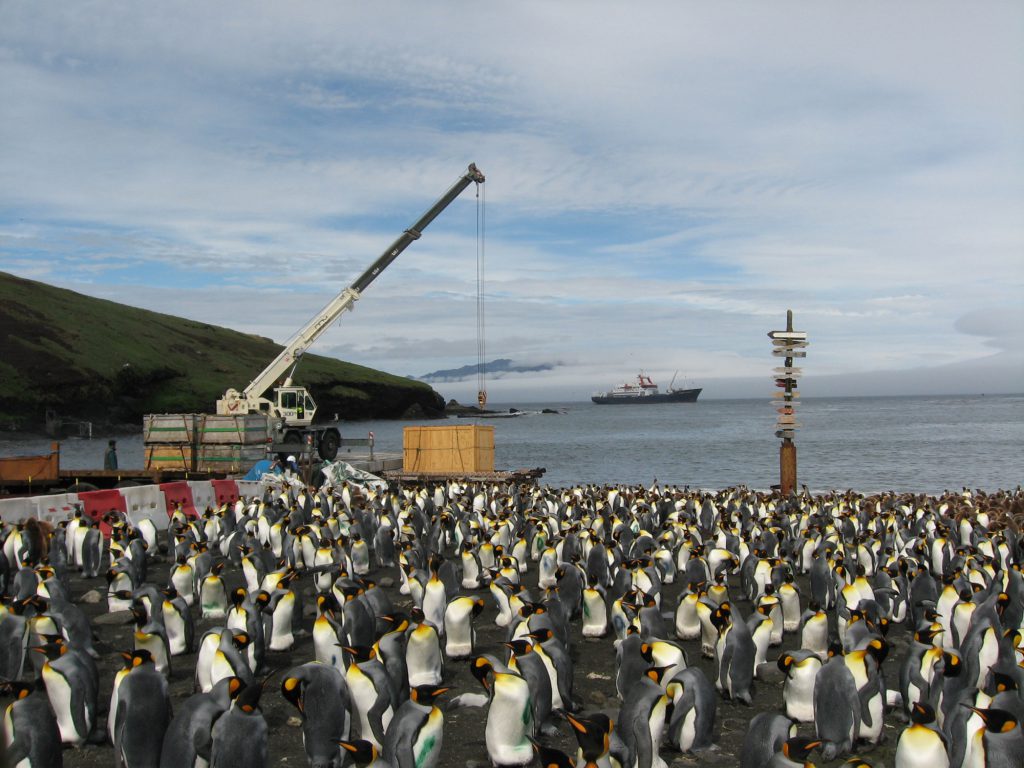
History
The Crozet islands were discovered by the expedition of French explorer Nicolas Thomas Marion-Dufresne. He sent his second in command, Julien Crozet, to land on the Île de la Prise de Possession (now Île de la Possession, Possession Island) on 24 January 1772.
Crozet then took possession of the archipelago in the name of France. It was James Cook who subsequently named these islands after Crozet, having given the name Marion (after Marion-Dufresne) to an isle in the Prince-Edward Islands.
The early 19th Century was a time when the Crozet islands were frequently visited by seal hunters, which drove these species almost to extinction by about 1835. Whaling was the major activity around these islands after that time. Shipwrecks near their shores were so common that from time to time the Royal Navy sent a ship to pick up possible survivors.
To reaffirm France’s sovereignty in the absence of any permanent occupation, the dispatch ship Bougainville was sent to Crozet in 1939. A ceremony was held on Possession Island and a stone bearing a bronze plaque was laid above the bay named Baie du Marin on the same occasion.
A French government decree of 21 November 1924 attached the Crozet, Kerguelen, Saint-Paul and Amsterdam islands to the Scattered Islands District dependent on the then French colony Madagascar’s province of Tamatave. Later, in 1955, they became a district of the French Southern and Antarctic Lands (TAAF).
Climate
The islands are not subjected to extreme temperatures, but they are swept strongly by prevailing westerlies or northwesterlies. Often severe gale force or provoking terrific storms, access to the islands can be blocked for several days in succession. Wind speeds exceed 100 km/h for 100 days per year.
Rainfall is extremely abundant (more than 2500 mm per year) and frequent: it rains 300 days per year on average. Average annual temperature is about 5°C. The seasons are not strongly marked; on the coast, temperature stays between -5°C and +15°C throughout the year.
Geology
The Crozet Islands lie on a large oceanic plateau extending 4500 km², limited by isobath -250 m. They are part of a broad volcanic massif, fragmented by tectonic movements causing much of it to collapse into the sea.
Now the major reminders of this geological history appear in 2 distinct groups of islands:
- One to the west with the 12 Apostle islets, Pig Island and Penguin Island,
- One to the east, 100 km from the first group, with Possession Island and East Island.
The first group to appear was the eastern one, about 10 million years (Ma) BP and its volcanic activity was still alive some tens of thousands of years ago.
The western group came into being a little over 5 Ma BP. Its most recent edifice is Pig Island, less than 500 000 years old and where some very recent volcanic episodes (about 5000 years BP) produced a large crop of cinder cones.
Amsterdam and Saint-Paul
Average annual temperature: +12 °C
Since 1950, Amsterdam Island has been home to the permanent Martin-de-Viviès base, whose buildings cover 3,000 m².
From Reunion Island, 16 days at sea aboard the Marion Dufresne, after stopovers in Crozet and Kerguelen, are necessary to reach this island.
The histories of the islands Saint-Paul and Amsterdam are linked. Both are located to the south of the Cape Town – Malay archipelago route (South-East Asia), between Europe and the Indies.
History
Saint Paul Island was discovered in 1559 by Portuguese navigator Gysaerths. It was first named Nao Sao Paulo. As for Amsterdam Island, it was mentioned in Magellan’s ship’s log for 18 March 1522.
Several sightings by explorers followed in the early 17th Century, before the Dutch governor Van Diemen named it after his ship, Nieuw Amsterdam, in 1633.
In 1842, the two islands were rediscovered by Franco-Polish Adam Mieroslawski, who suggested to the governor of the then Île Bourbon (Réunion) that these deserted islands should be taken over in the name of France. Possession was indeed taken on 1 July 1843. However, the United Kingdom contested this action. Mieroslawski died in 1853 and France officially renounced its sovereignty over the two islands. In 1892, however, the French dispatch boat La Bourdonnais retook possession of the islands, reaffirmed when another French warship, L’Eure, visited on the way back from Kerguelen in 1893.
A French government decree of 21 November 1924 tied the islands of Crozet, Kerguelen, Saint-Paul and Amsterdam to the Scattered Islands District dependent on the province of Tamatave in Madagascar, a French colony at the time. Then, in 1955, they became a district of the French Southern and Antarctic Lands (TAAF).
Climate
The two islands enjoy a temperate oceanic climate (no snow and ice in winter). The annual average temperature is around 12 to 14°C, with extremes oscillating between 2 and 26°C.
Rainfall amounts to 1100 to 1200 mm per year, over a period of about 230 days of rain per year. The prevailing winds are northwesterlies and run at the northern limit of the Roaring Forties. The average annual wind speed recorded at sea level is 27 km/h. Gale force winds (> 60 km/h) are recorded on 163 days per year.
Geology
Saint-Paul and Amsterdam Islands belong to the same volcanic system, jointly linked to the Southeast Indian Ridge and a hotspot. They are located slightly to the south of the ridge. A transform fault, perpendicular to the ridge running between the two islands shifted them out of line with each other.
The 2 islands are 100 000 years old sitting on a volcanic substratum dating back 300 000 years. Each of them shows two distinct magmatic episodes: construction of a palaeo-volcano, then formation of a neo-volcano whose eruptive materials more-or-less mask the previous one. A later explosive episode made a breach in Saint Paul Island and a fault destroyed a substantial northeastern part which fell into the sea. The spectacular result is a crater lake, over 1 km in diameter and 80 m deep, opened onto the ocean but protected by a bar of pebbles cut into only by a shallow channel (-2 to -3 m).
Focus on the wildlife and plants
The French islands of the Southern Ocean harbour the greatest species diversity of invertebrates and plants of all the subantarctic islands. The vertebrate wildlife represents one of the Earth’s richest biomasses. Plants and animals in the region show some very special adaptations developed over several million years of evolution in total isolation, in the middle of the ocean, thousands of kilometres from any continent.
However, on land the number of autochthonous species is restricted. Only 22 flowering plants grow on Kerguelen and 16 on Crozet (compared with 3000 species in metropolitan France). Similarly, among the Insects, there are 11 species of Diptera on Crozet Island and only 6 on Kerguelen, as against a mighty 6500 in mainland France! As for land Vertebrates, no mammal is found and only 2 bird species: Eaton’s pintail and lesser sheathbill (Chionis minor). However, these islands are frequented by many species of sea birds and 3 marine mammals: the elephant seal and 2 species of fur seal.
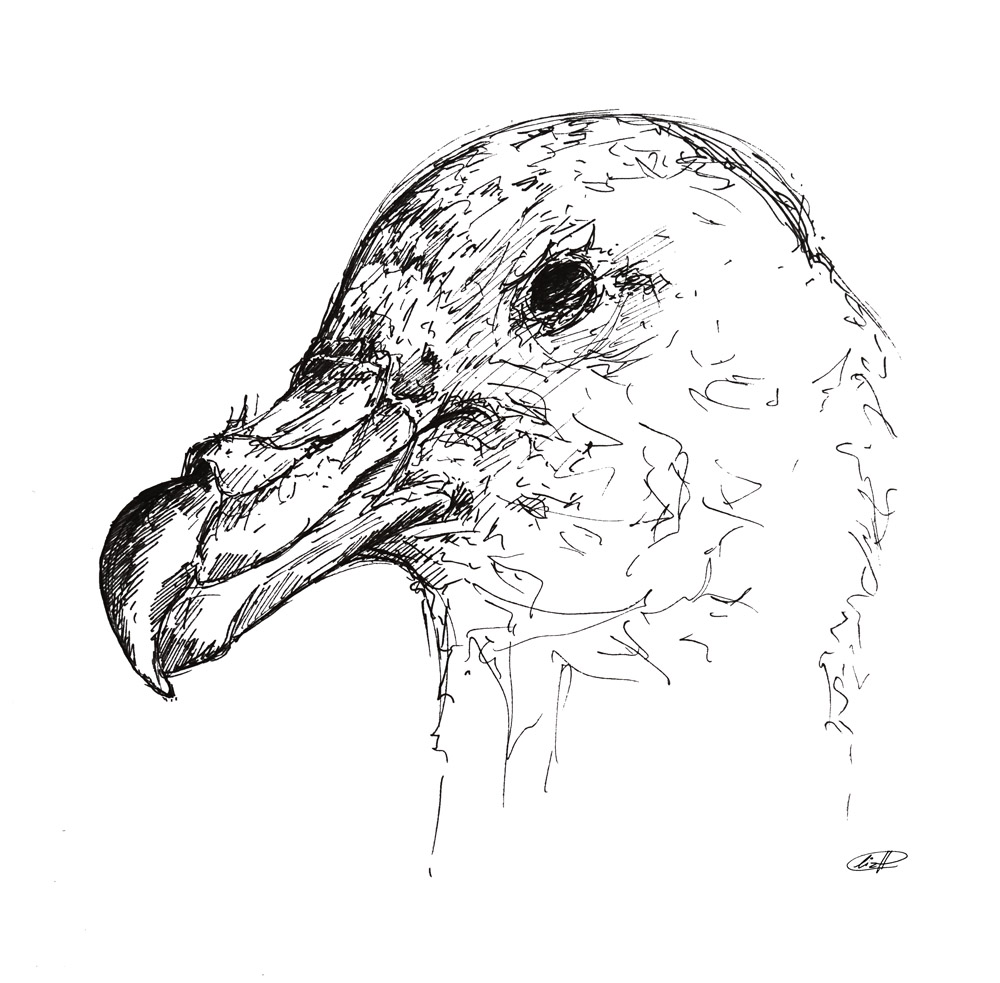
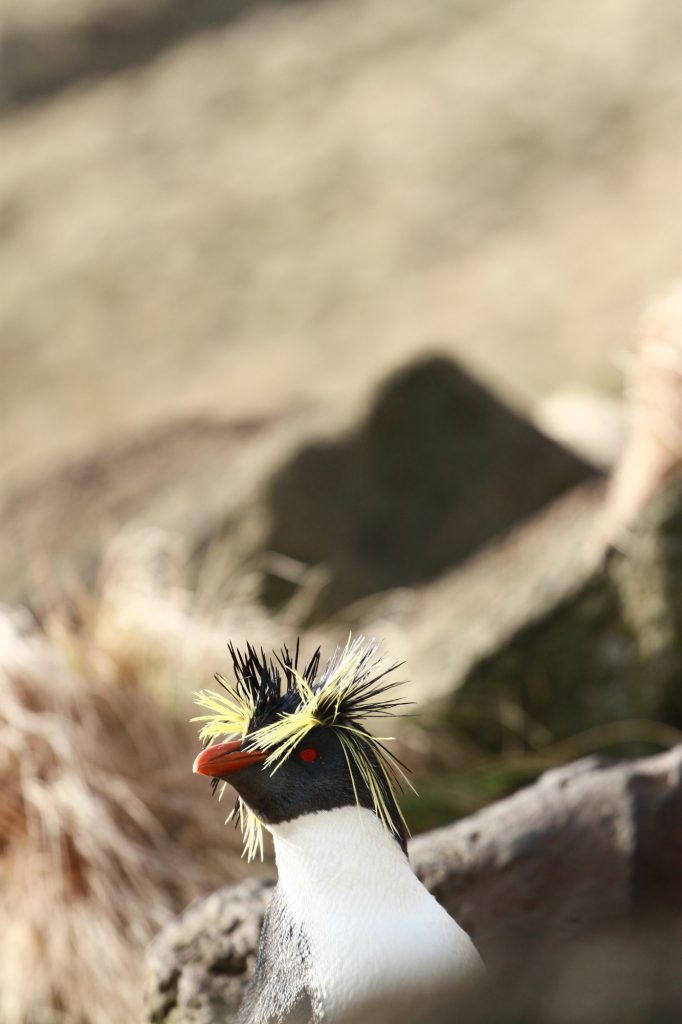
The terrestrial communities are relatively poor, but there is a high level of endemism: on Crozet, 90% of the invertebrates belong to the subantarctic region of the Indian Ocean and 55% occur only on that archipelago. The endemism of plant species is less marked, the majority of species spread widely over most of the subantarctic islands. The lyallia cushion (Lyallia kerguelensis), for example, is the only higher plant really specific to Kerguelen.
Faced with the forbidding nature of the soil and climate, the flora of the Southern and subantarctic islands is quite poor with low diversity. Kerguelen and Crozet Islands are carpeted at low altitude with a community made up of Acæna, Azorella and certain grasses (Poaceae). In some places, petrified wood testifies to the past presence of forests that no longer exist. On Amsterdam Island, there is a limited area that bears a Phylica arborea wood (the only tree in the TAAF), the last remnant of forests that covered the island before human-induced fires in the last Century and the introduction of allochthonous species. In Kerguelen, Kerguelen cabbage has suffered owing to the introduction of rabbits.
Typically, the birds that have adapted to the particular conditions of these regions are marine species. The most numerous of them are penguins. Four species predominate in the Southern and subantarctic islands: king, gentoo, southern rockhopper and macaroni penguins. The islands are also home to 10 species of albatross. The other sea birds are spread between petrels (25 species), cormorants, skuas, gulls, terns and the Cape petrel. The Chionis and Eaton pintails are the only non-marine birds in the TAAF.
The Crozet islands are known as the world’s largest natural bird reserve. They are indeed nicknamed the “25 million bird islands”: 36 species of birds reproduce there, including 6 species of albatross and 60 tonnes of birds are present per km²!
Amsterdam has the largest population of Atlantic yellow-nosed albatross in the world and the only population of Amsterdam albatross, a species endemic to the island whose only current reproduction site is the Plateau des Tourbières, at 600 m altitude.
The most common in Crozet and Kerguelen are elephant seals. On Amsterdam Island there are impressively strong colonies of fur seals. The subantarctic latitudes are home to many Cetaceae, which find abundant food there. Around the coasts can be seen fin whales, Commerson’s dolphins and killer whales (orca whales).

The terrestrial invertebrate fauna of the Kerguelen and Crozet Islands is characterized by a small number of indigenous (69 species) and introduced (36 species) species. There are mainly insects (85 species), arachnids (16 species), earthworms (7 species) and gastropods (3 species).
In addition to these groups, there is a soil microfauna composed mainly of collembola and mites, which is still little studied at present. The species live mainly at low altitudes (<100m) and especially along the coast, getting their food from vegetation and colonies of birds and marine mammals. In response to the subantarctic environment, native species have developed particular biological adaptations, the most remarkable of which is the loss of the flight function of insects. For example, butterflies with reduced wings or wingless flies that were mistaken for ants by early visitors can be observed.
Originally, this fauna was essentially composed of species feeding on dead organic matter (from plants, algae, corpses, guano). The introduction of phytophagous species (aphids) and predatory species (carabids, spiders) has significantly modified the functioning of these fragile island ecosystems.
